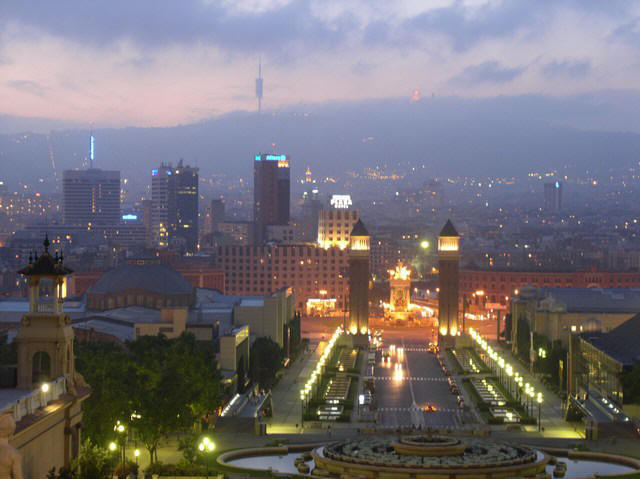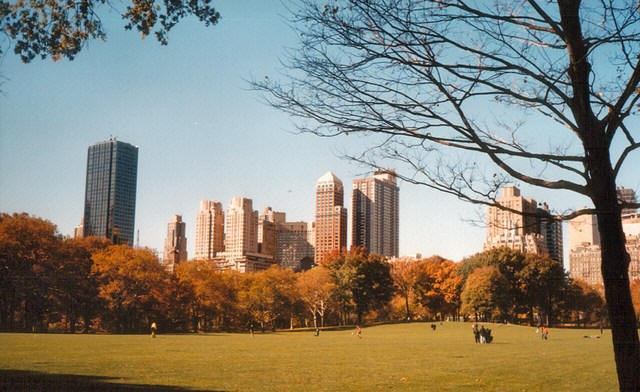
Cedar Gallery
Home
|
Cedar info |
News |
Contact |
![]() Dutch
Dutch

‘Architecture starts when you carefully put two bricks together. There
it begins.’
Ludwig Mies van der Rohe (1886-1969)
 |
 |
|
|
|
|
|
|
|
| ANTWERP | CASTLES AND PALACES | BARCELONA - CASA MILA | |
| BARCELONA | HOUSES OF WORSHIP |
THE HAGUE - SOCIETY DE WITTE |
|
| THE HAGUE | (DUTCH PAGES) |
ROTTERDAM - THE SONNEVELD HOUSE |
|
| NIJMEGEN | |||
Buildings are everywhere, large and small, ugly and
beautiful, ambitious and dumb. We walk among them and live inside them,
largely passive dwellers in cities of towers, houses, open spaces and
shops we had no hand in creating. But we are their best audience.
Owners, clients and residents come and go, but architecture lives on,
acting a role in the life of the city and its citizens long after the
original players are gone. We talk (in person, on blogs) about homes as
investments, building sites as opportunities, unsold condominiums as an
economic disaster, but all of that real-estate chatter sidesteps the
physical reality of projects built and unbuilt. Rather than just talking
about money, we should also be talking about height and bulk, style and
sustainability, openness of architecture and of process. Design is not
the icing on the cake but what makes architecture out of buildings, what
turns them into places we want to live and eat and shop rather than
avoid. Architecture critics can praise and pick on new designs, but
their readership has lately been too limited. We need more critics —
citizen critics — equipped with the desire and the vocabulary to remake
the city.
There are times when city dwellers are roused from passivity; disaster
(Ground Zero) and personal affront (NIMBYism) make protestors out of us
all. But we are rarely roused by the day-to-day, brick-by-brick
additions that have the most power to change our environment. We know
what we already like but not how to describe it, or how to change it, or
how to change our minds. We need to learn how to read a building, an
urban plan, a developer’s rendering, and to see where critique might
make a difference.
“How to Be an Architecture Critic” is
excerpted from Alexandra Lange’s book, Writing about
Architecture: Mastering the Language of Buildings and Cities,
published by Princeton Architectural Press.
